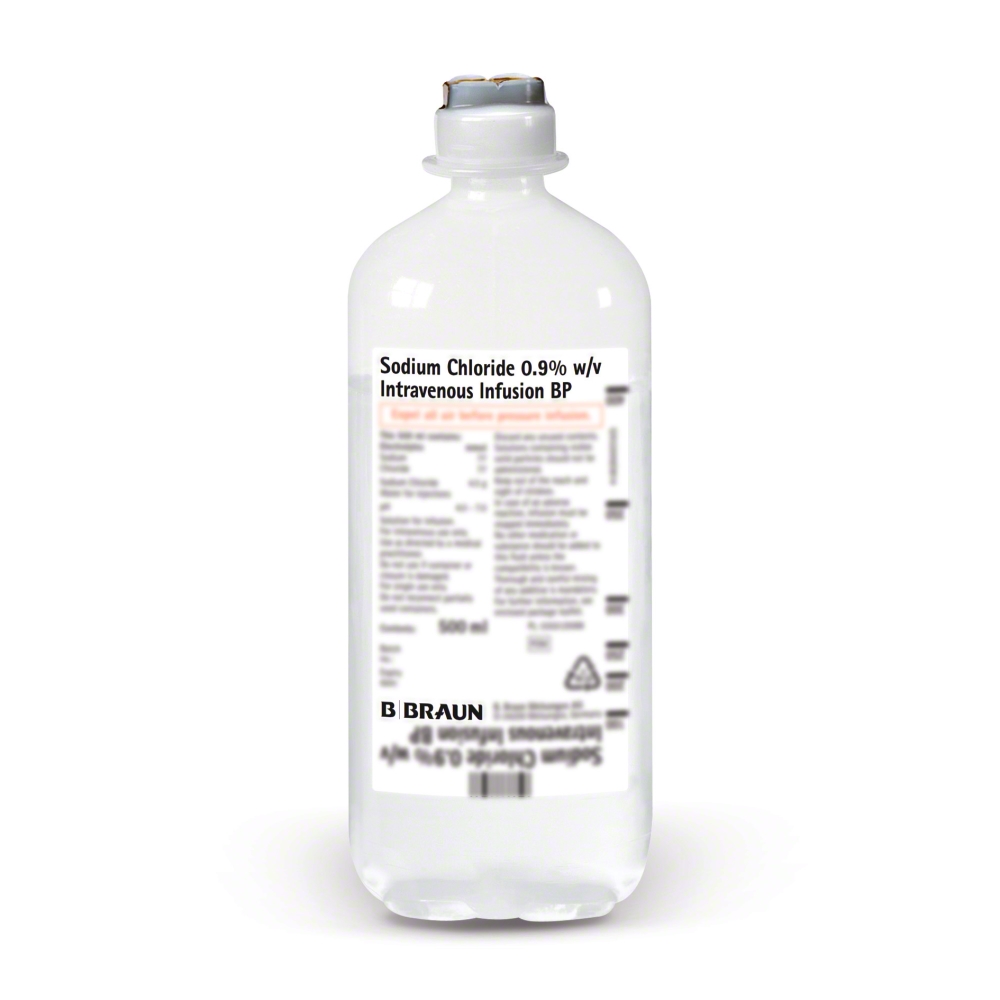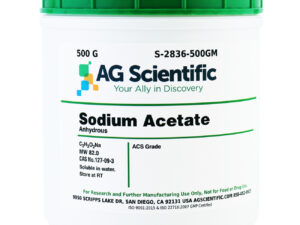Description
Sodium Chloride: The Everyday Wonder Beneath Our Noses
Sodium chloride, more commonly known as salt, is a ubiquitous compound that often goes unnoticed. We sprinkle it on our food, use it to de-ice roads, and even rely on it for vital bodily functions. But this seemingly simple substance is far more complex and essential than many realize.
The Basic Chemistry:
At its core, sodium chloride is an ionic compound formed by the chemical reaction between sodium (Na), a highly reactive metal, and chlorine (Cl), a toxic gas. This reaction results in the transfer of an electron from sodium to chlorine, creating positively charged sodium ions (Na+) and negatively charged chloride ions (Cl-). These ions are then held together by strong electrostatic forces, forming the crystal lattice structure we recognize as salt.
Beyond the Table:
While its culinary applications are well-known, sodium chloride plays a crucial role in various industries:
- Food Preservation: For centuries, salt has been used to preserve food by inhibiting the growth of bacteria and fungi. Its ability to draw water out of cells creates an environment hostile to microorganisms, extending the shelf life of meats, vegetables, and other perishables.
- Chemical Industry: Sodium chloride is a vital raw material in the production of countless chemicals, including chlorine, sodium hydroxide (lye), hydrochloric acid, and sodium carbonate (soda ash). These chemicals are, in turn, used to manufacture plastics, soap, paper, and a host of other essential products.
- De-Icing: During winter months, salt is widely used to de-ice roads and sidewalks. It lowers the freezing point of water, preventing ice from forming or melting existing ice, thereby improving road safety.
- Medicine: Sodium chloride solutions, such as saline, are used extensively in medicine. They are crucial for intravenous fluids, wound cleansing, and nasal sprays. They help maintain fluid balance within the body and aid in the transport of nutrients.
- Water Softening: In water softening systems, sodium chloride is used to regenerate the resin beads that remove calcium and magnesium ions from hard water, preventing scale buildup in pipes and appliances.
Biological Significance:
Sodium chloride is not just an industrial workhorse; it’s vital for life itself. In the human body:
- Fluid Balance: Sodium and chloride ions are essential for maintaining fluid balance, regulating blood pressure, and ensuring proper cell function.
- Nerve and Muscle Function: These ions play a critical role in nerve impulse transmission and muscle contraction. The movement of sodium and chloride ions across cell membranes is essential for these processes.
- Digestion: Hydrochloric acid produced in the stomach, a key component of gastric juices, is crucial for breaking down food and absorbing nutrients.
The Dark Side: Too Much of a Good Thing:
While essential, excessive sodium chloride consumption can have negative health consequences. It’s linked to high blood pressure, increasing the risk of heart disease, stroke, and kidney problems. Health organizations recommend limiting daily sodium intake to around 2300 milligrams.
From the Earth to Our Tables:
Sodium chloride is sourced from various locations, including:
- Seawater: Evaporation of seawater is a major source of salt.
- Underground Deposits (Rock Salt): Mined from ancient seabeds that have dried up over millions of years.
- Salt Springs and Lakes: Water from these sources is evaporated to extract salt.
Conclusion:
Sodium chloride, seemingly a simple compound, is a fundamental component of our world. From seasoning our food to playing a crucial role in medicine and industry, its versatility and importance are undeniable. Understanding its properties and impact is key to appreciating the significance of this everyday wonder and using it responsibly to maintain both our health and the functionality of modern society. While we reach for the salt shaker, let’s remember the complex chemistry and vital role this compound plays in our lives, and appreciate the delicate balance required to reap its benefits without compromising our well-being.



















Reviews
There are no reviews yet.